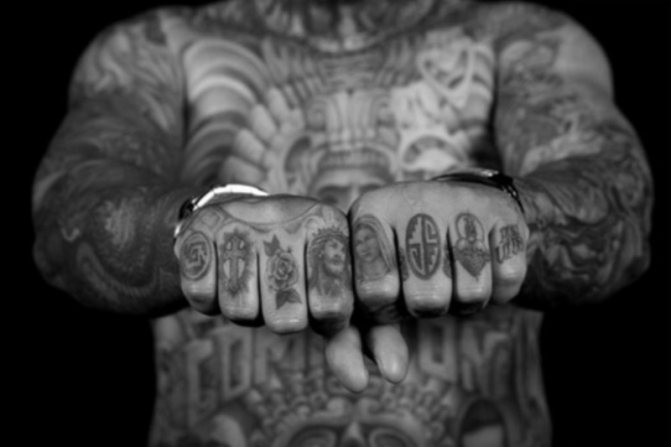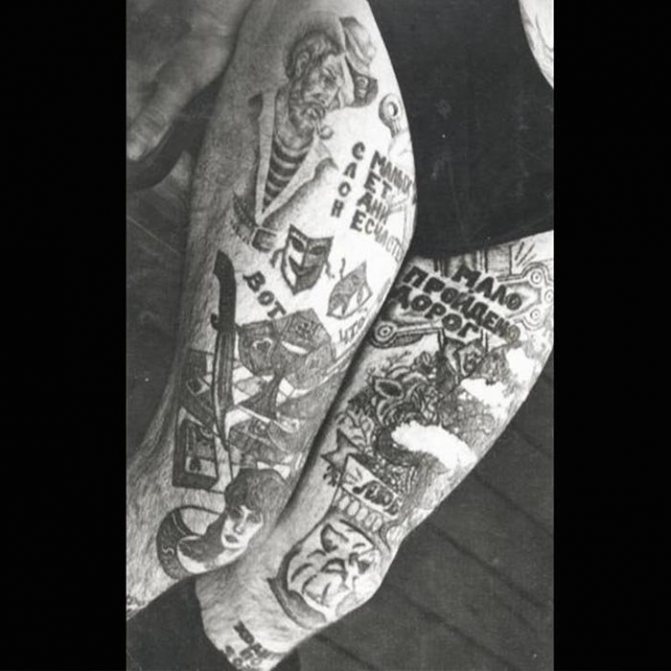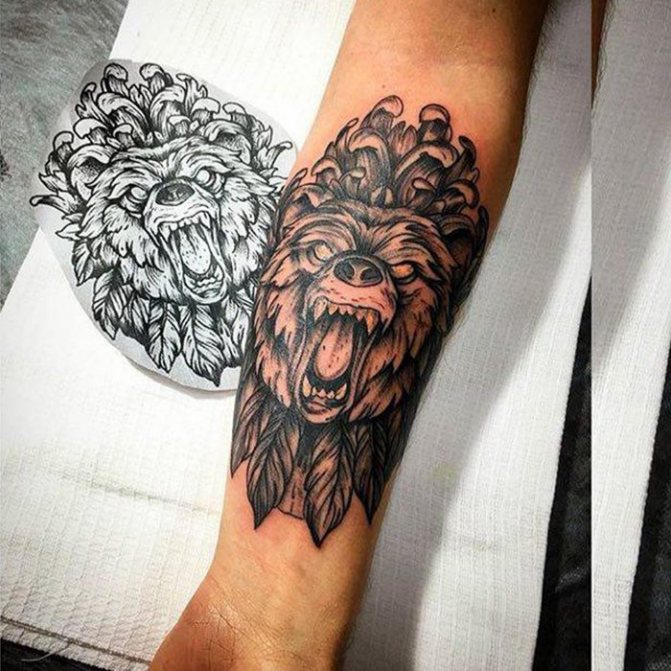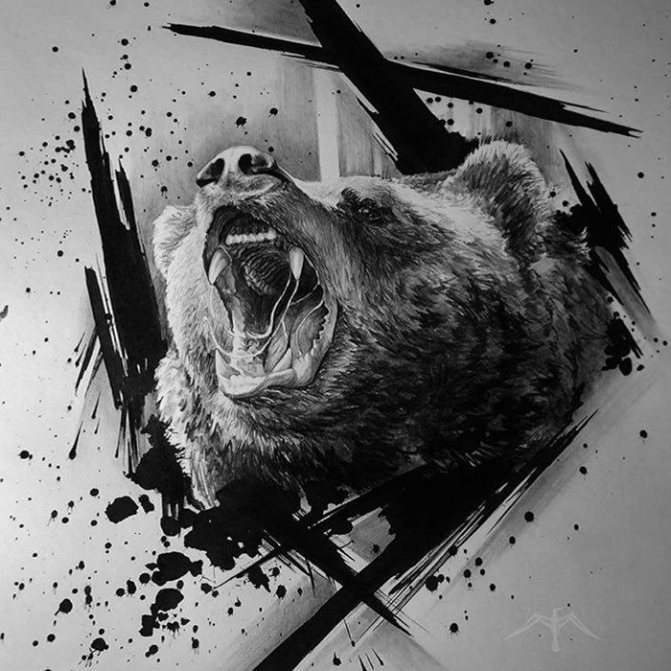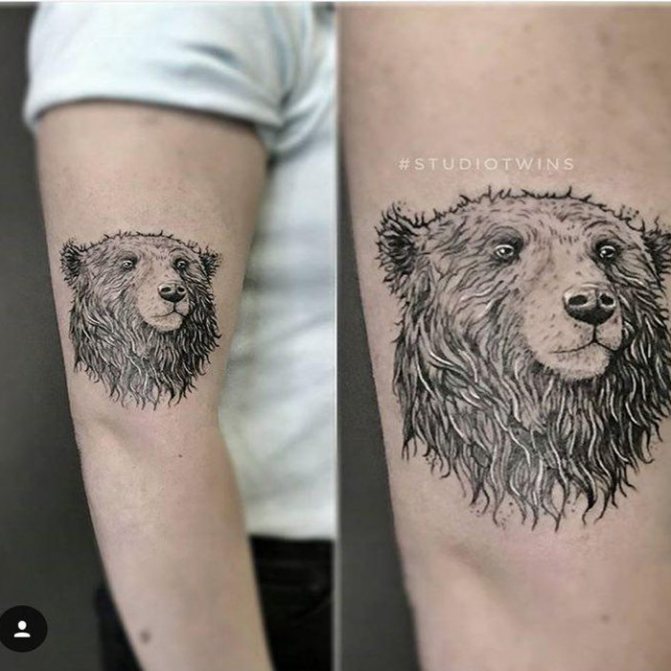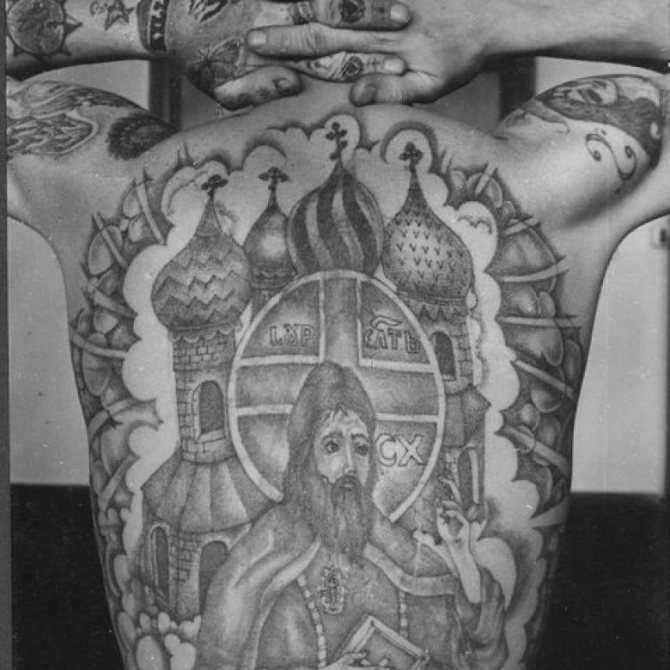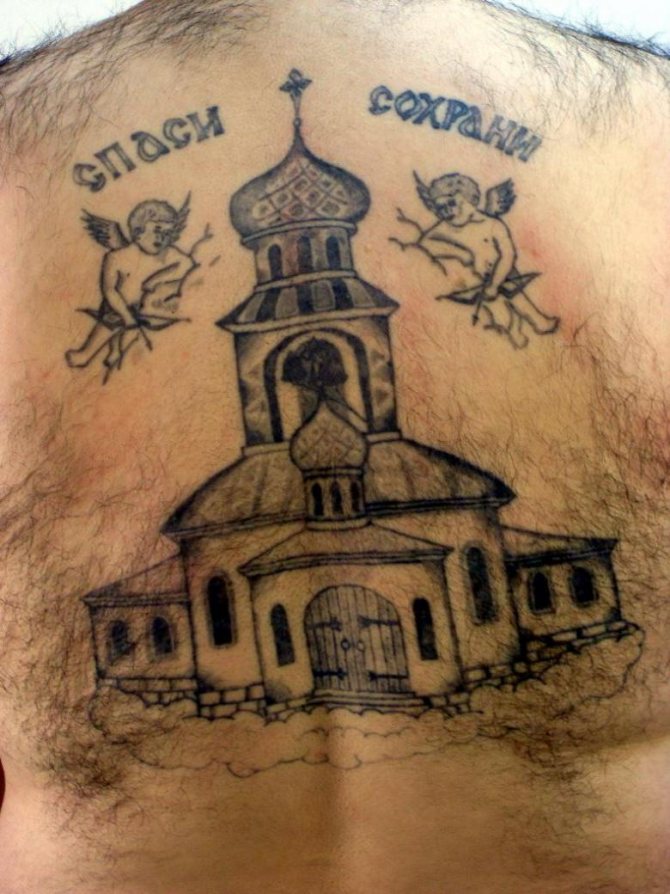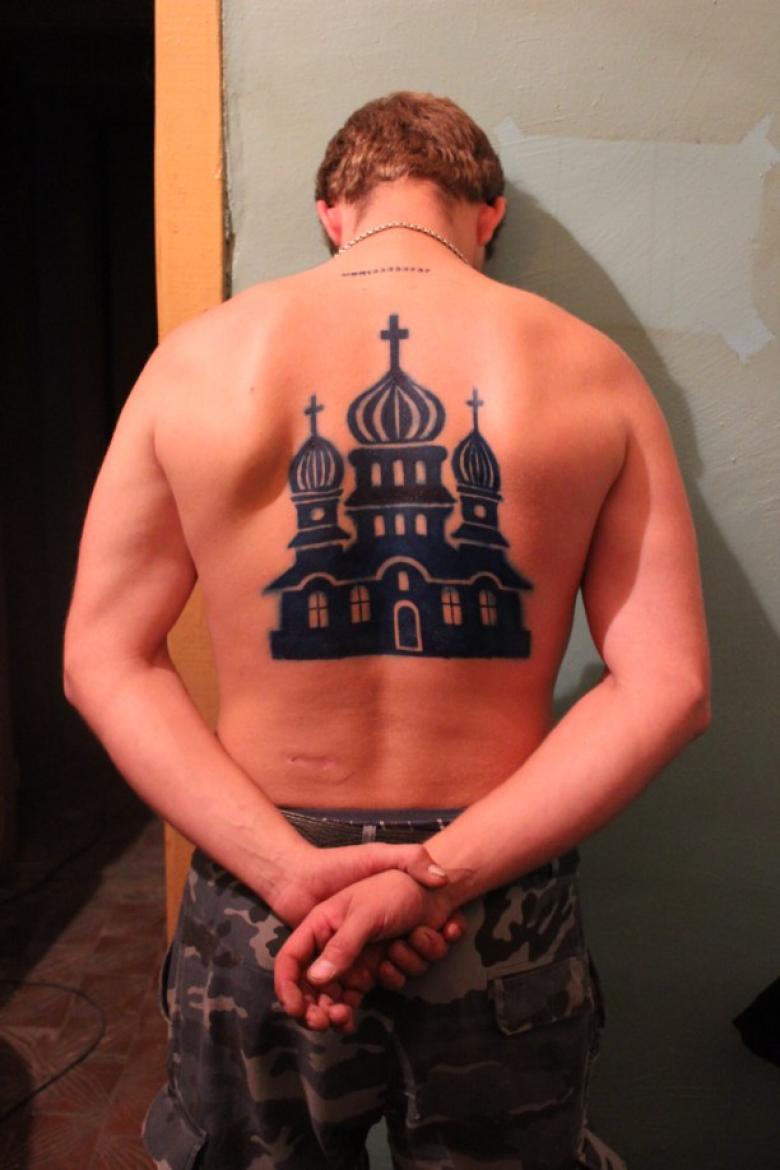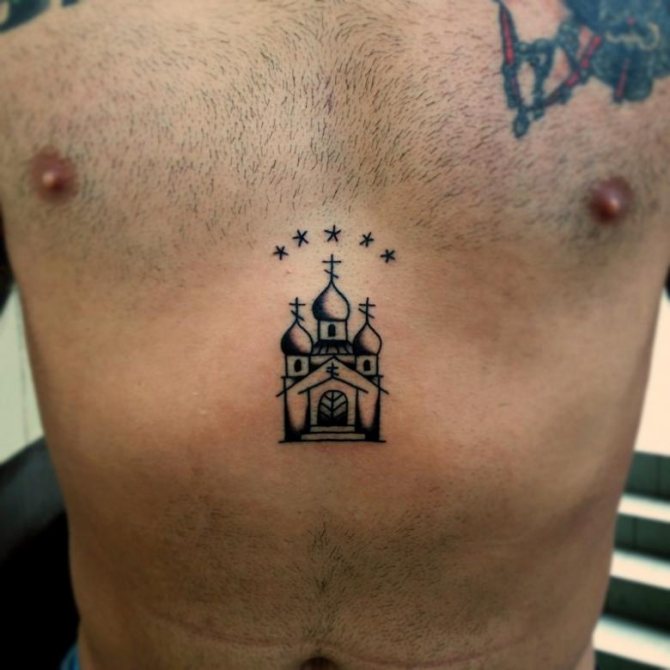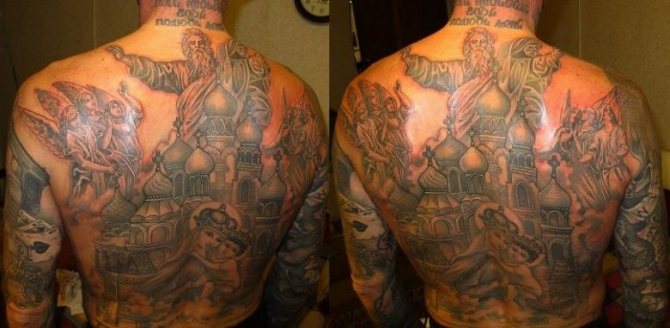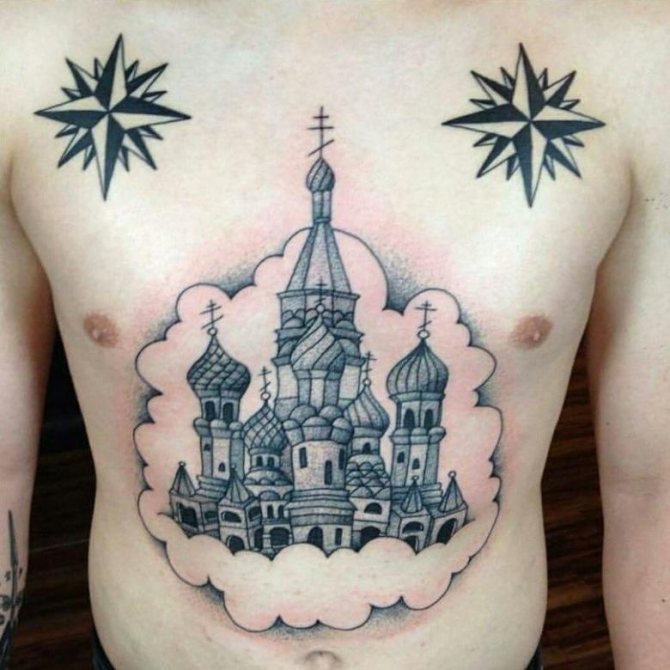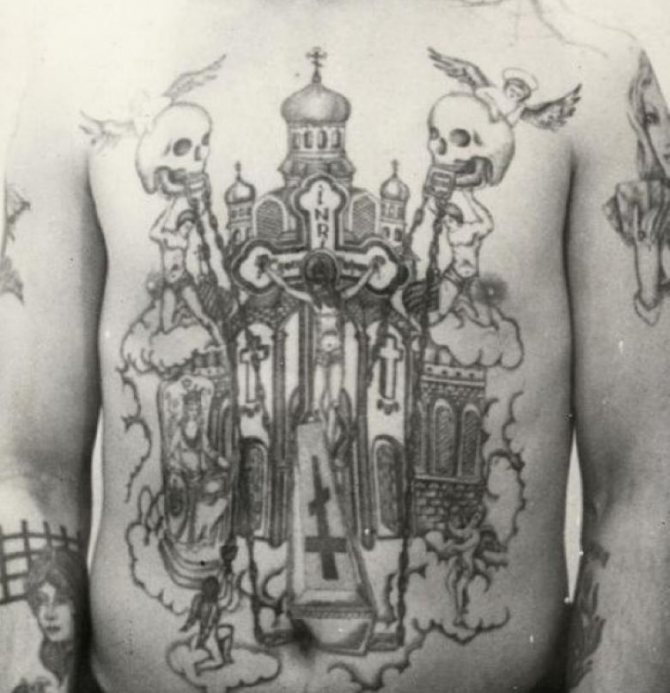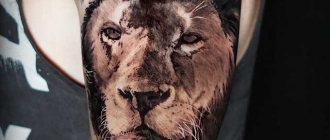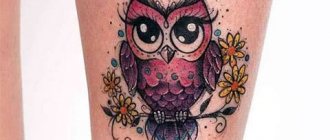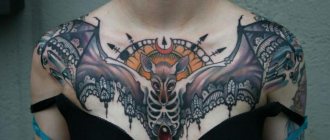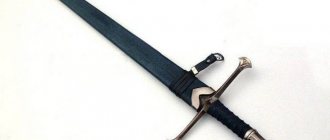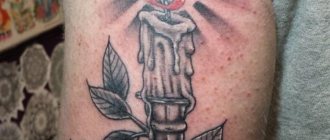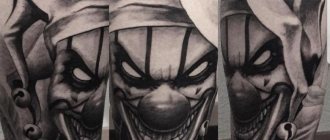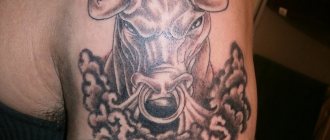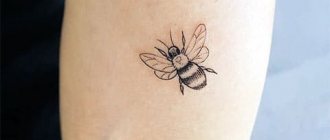
As you know, during the Stalinist repressions in the prison were a huge number of people. It was at this time that prison tattoos became hugely popular, which could be seen in almost every other prisoner. Each of these prison tattoos had its own meaning. Since inmates were often transferred from colony to colony, it was possible to tell from the tattoos of newcomers what their place in the prison hierarchy was and what exactly they had been sentenced for.
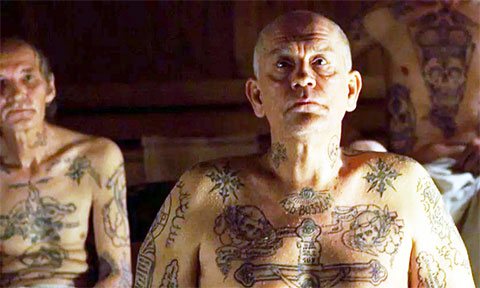

In places of incarceration the correspondence of prison tattoos to the status of the owner was strictly controlled, the slightest deception was severely punished. This was due to the rule implying that certain tattoos could only belong to people belonging to the elite of the criminal world.
Prison tattoos in other countries
The meaning of prison tattoos is not unambiguous, in different countries tattoos are treated differently. In the U.S., for example, inmates get tattoos based on race.
- Prominent representatives of such a caste are the "Aryan Brotherhood", the Ku Klux Klan, the "Nazi Rebels" from Southern California. All of them are characterized by drawing swastikas, four-leaf clovers, three sixes and similar militaristic paraphernalia on their skin.
- In contrast to them operates a group of African-Americans - the "Black Power. They put tattoos in the form of inscriptions on the back of the hand and knuckles, they put African signs as a symbol of respect for ancestors.
- Between them, Hispanics stand as a separate island. These detainees have religious tattoos - Jesus, his mother, crosses, rosaries, sometimes biblical scenes or portraits of loved ones.
- Finally, not the largest, but no less important group - Asians. They get tattoos depending on their origin: the Japanese get Japanese demons and geishas, the Chinese get dragons.
The Japanese, for example, have a negative attitude toward tattoos. In their opinion, a decent person should not have tattoos. Such philistine thinking may be connected with the fact that for decades the local mafia (Yakuza) could keep entire cities under its hood.
The members of the gang were, as a rule, completely full of tattoos. And distinctive tattoos were also worn by family members not involved in the criminal business. For them, tattoos were a sign of immunity and their origins.
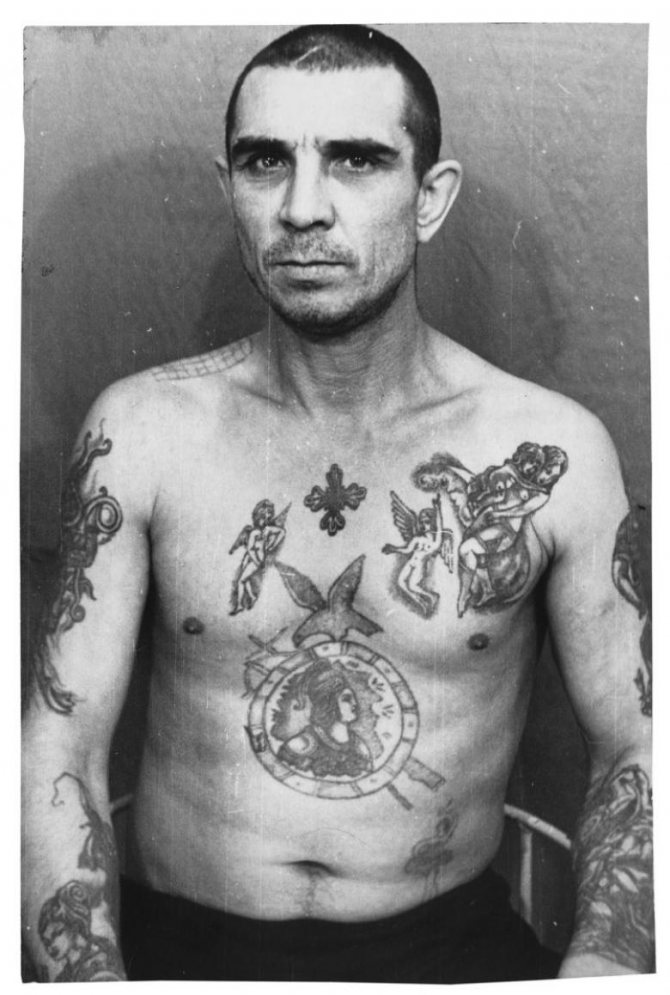

Prison and criminal tattoos
In today's world, as noted, tattoos with purely prison symbols are not as common as they were in Soviet times. Prison tattoos and their meanings have always been the subject of much attention. For a long time it was thought that tattoos were the prerogative of convicts. And anyone with tattoos was perceived as a representative of the criminal world.
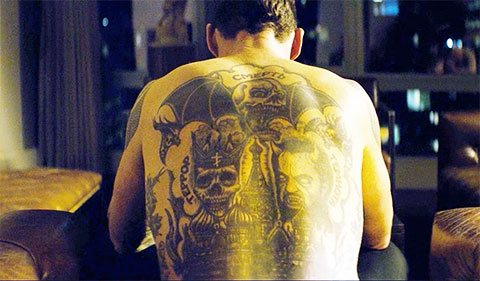

The tradition of tagging the criminal came to us from time immemorial. Earlier for this they used branding, then they started doing tattoos. In Soviet prisons the prisoners were tagged in case of escape, so it was easier to find him. Over time, the prison tattoo changed its meaning. Now prisoners themselves make tattoos, putting a certain meaning into them.
Tattoos in the criminal world come in several varieties:
- Regalka (derived from "regalia") - this work is of high quality, distinguished by beauty and style, such in the criminal world can be worn only by the "elite"
- Partak - low quality tattoo, made with improvised materials, often inconsistent with the inmate's status in the criminal world, most partaks are made by juveniles
- A sassy tattoo is a forced tattoo, they are done as a punishment and to humiliate. Such tattoos are also called shameful tattoos.
Usually prison tattoos are done exclusively in black paint. On the pre-applied contour make needle punctures or a bunch of needles and in the wounds rub the dye.
Tattoos in Russian prisons
Prison tattoos always have a certain meaning. These can be images, portraits of loved ones or idols, and may apply and inscriptions that complete the body image.
Abbreviations are especially popular:
- WILD - revenge for everything to a cop;
- JUG - a young robber;
- PEACE - I will be corrected by firing squad;
- TMJ - prison is a hindrance to life;
- NKVD - no stronger than thieves' friendship;
- CLOT - vow to love one (one) you (a little romantic).
A few inscriptions:
- "The main thing in the zone is a thief in the law."
- "Murder is not murder."
- "I was born to suffer, I don't need happiness."
- "I won't forget my mother" and so on.
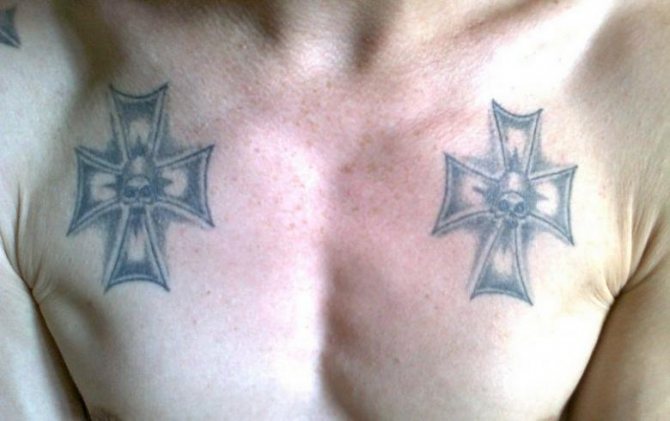

The Tear
Considering further the meanings of prison tattoos, it is impossible not to mention the tear applied to the area around the eye (however, this pattern is mostly European and American prisoners). It has several meanings. So, first: the person received a sentence for breaking the law, that is, he just ended up in prison. Second: the tear symbolizes a murderer. If it is not shaded, it can mean an attempted murder or that the inmate had a friend die and retribution will follow.
The ring tattoo
A ring tattoo means a lot in the prison hierarchy. Prisoners can get such designs on their own accord. But some are tattooed by force. For example, it could be those who have the lowest rank in prison - a rapist, a snitch (image of a dog with the caption "Mentor from the presshut") or a homosexual (a cockerel). The most interesting thing is that even if an arrestee goes to another prison, his status remains the same.
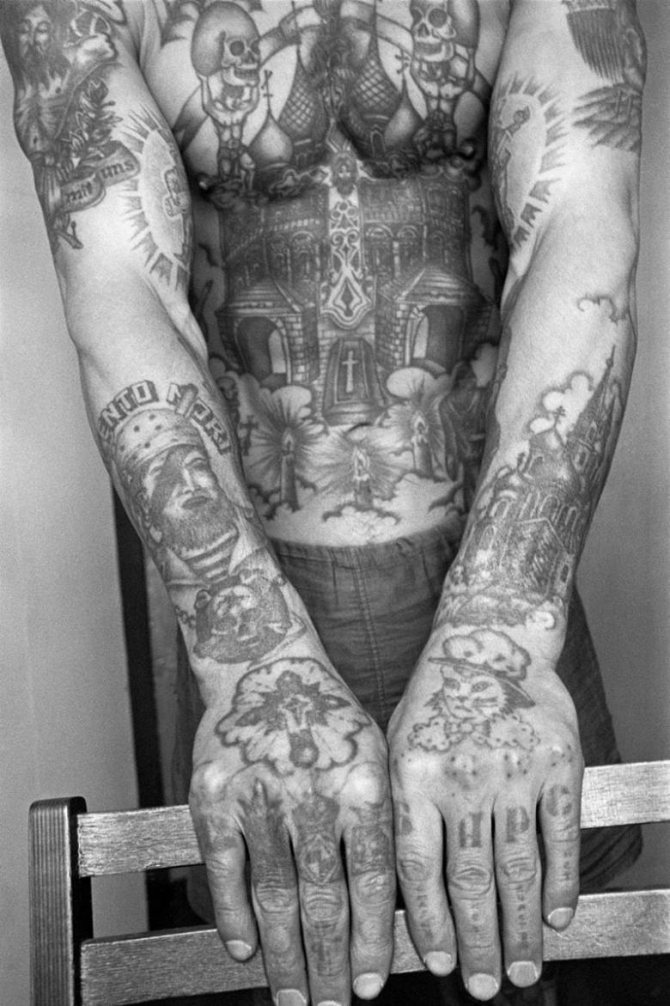

A ring is put on the finger, and the signs inside it indicate the status of the offender.
- The denial symbol characterizes a prisoner who does not negotiate with the police, moreover, he is hostile to them. Such a prisoner does not understand those who wish to atone for their sins; he will never change. People with such a ring belong to the thieving elite. It looks like a rhombus divided into four parts, and the two triangles on the diagonal are painted black.
- A "man" is given to someone who has not achieved a certain authority among thieves, but has been true to his principles. It is tattooed in the form of a rhombus with a black vertical line in the middle.
- A fairly common tattoo that almost all former convicts have. "Been in prison" - a black square with a white line down the diagonal.
- "Tried for murder" - depicts the handle of a knife with a snake wrapped around it.
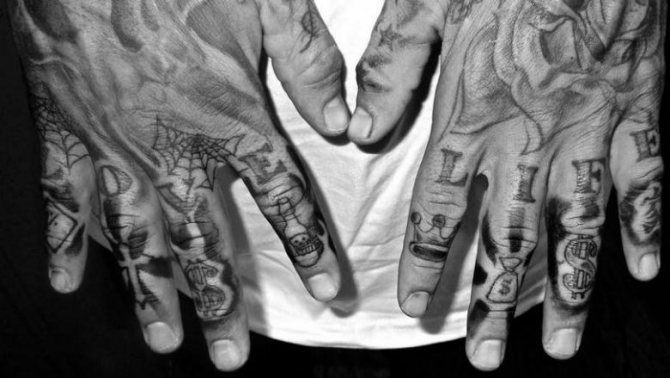

Prison tattoos and their meanings
If we consider such a type of prison tattoos as images of birds, then, the most common are tattoos in the form of an eagle, owl and other recognizable symbols. Occasionally, you can meet people whose forearms are decorated with a silhouette of such a bird as an oriole. However, in this case, the image does not carry additional semantic load and simply implies an image of a bird.
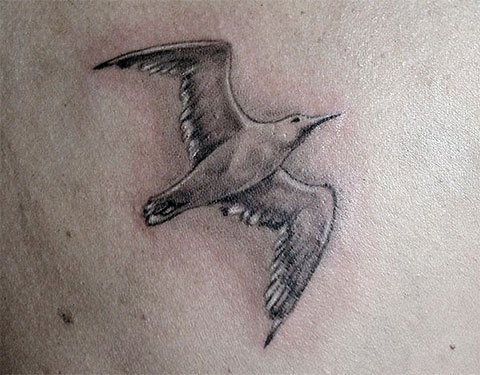

Tattoo of a seagull
The tattoo of a flying bird, the background for which is an image of palm trees and the sun, is a symbol of theft luck. From time immemorial and to this day it is most often used by criminal bosses.
A tattoo in the form of a seagull against a shield with a stripe, is a symbol of friendship before judgment. As a rule, it is pecked on the forearm or hand.
Crane implies higher justice, righteousness, mercy and fairness. There is also another interpretation of this symbol - in some cases it represents an allegorical representation of longevity.
An eagle is undoubtedly the most popular and significant type of criminal tattoos. Symbolizes greatness, royalty and strength of spirit, also represents the fiery and air elements. A heroic bird that soars fearlessly to the heavens is often associated with fire and thunder and reflects the so-called "rhythm of heroic nobility. Such a tattoo, among other things, reflects the militancy of its owner.
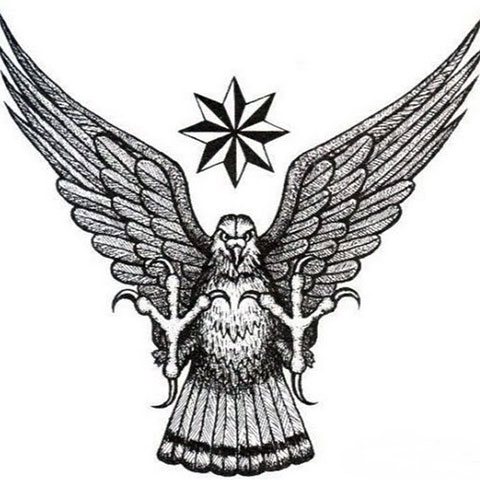

Sketch of a criminal tattoo of an eagle
The eagle is as regal a person among birds as the lion among animals. In order to display their equal position, the eagle on the tattoos is depicted with a lion's head. This once again emphasizes the high status of the one who wears such an image on his body.
The eagle tattoo on top of the mountain symbolizes power and freedom. The implication is that only camp authorities can wear it. But the image of a soaring eagle with a suitcase, applied to the chest, means that the offender is prone to escape from prison.
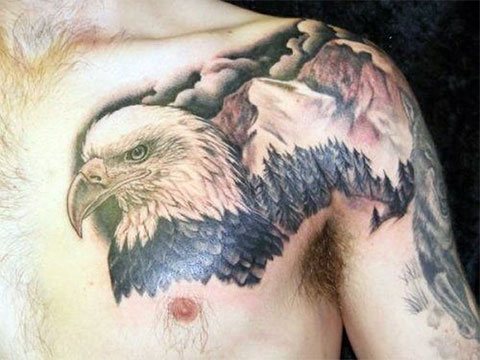

People, whose body has a tattoo in the form of an owl, are considered pessimists, often thinking about the frailty of existence and the end of the world. This is due to the fact that the owl is a symbol of evil, darkness and death.
Thus, many tattoos have a double meaning, so it is necessary to be particularly careful in their choice, so as not to unwittingly find oneself in a delicate situation.
Other prison tattoos
In addition to rings, inscriptions, and abbreviations, inmates also tattoo images that encapsulate deep meaning.
- Shackle tattoos signify that their wearer is serving more than five years of serious time. Each ring on the shackles corresponds to a year of incarceration.
- Nakolka devil symbolize fearlessness and irrepressible desire to survive in any situation. An imp sitting on the moon suggests that a person will not lose heart even in the most abysmal situation (even from outer space find a way out).
- However, a tattoo of the devil undressing a woman, or a devil in the same occupation can mean a downcast convict.
- A full-back devil characterizes a person who has a certain thieving authority in places of imprisonment. The convict wants to show his cunning, cunning.
There are also moments when the prisoner realizes the gravity of his crime and repents. Then he can score a tattoo of a crying killer.


Dots
Prison tattoos could also be extremely simple. For example, the dots on a prisoner's body are of great significance. What could they mean? A very popular is the five-point tattoo, where the four dots at the edges stand for the prison walls, and the fifth, in the center, for the prisoner himself. Stuffed it mostly between the index and middle fingers, which meant that a person has been in the zone. Just three stuffed dots could mean a person who happily led a life of crime and perceived himself as a bandit. If the person who got such a tattoo is religious, it could mean the Holy Trinity.
Ways of applying tattoos
Due to the strict regime in places of incarceration, the ways of applying tattoos are amazing in their sophistication. All tattoos are made exclusively by hand and by means that the average man does not give importance to.
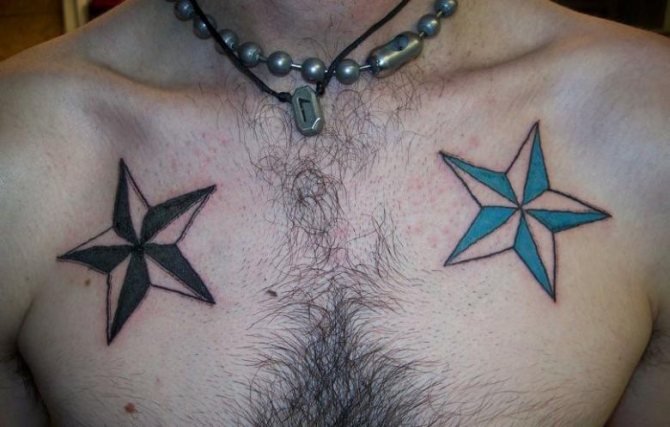

As a rule, needles on sticks or matches are used. They are dipped in ink and punctured point by point into the skin. If there are no needles, cunning prisoners may use wires or any other thin object from which a point can be fashioned. Well, if there is no ink or ink, a paste of soot and sugar diluted in urine or water is stirred.
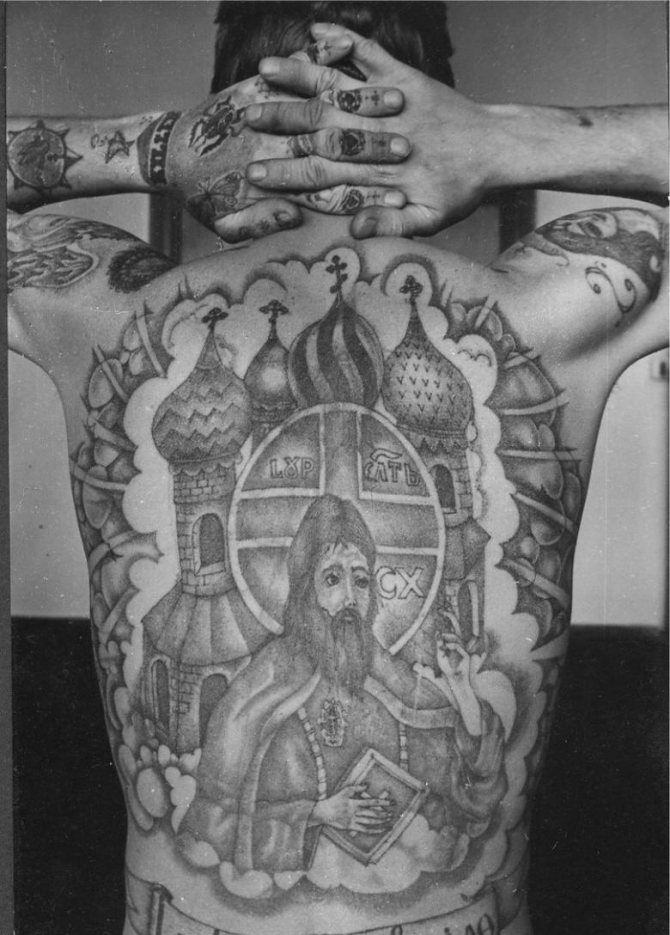

Sometimes teenagers can also "naively" get tattoos, unaware of their true meaning, since outside of the criminal environment their subject matter is seen as completely harmless. Sometimes would-be inmates may tattoo themselves in advance, hoping for honor or at least a quiet existence in the prison world. But it rarely ever really helps.
A bit of history
It's worth saying a few words about the world of prisoners and their ways. So, in Russia it is actually the second power, which, naturally, is the anti-system, the opponent of the current rulers of the country. It is interesting to note that only two other countries, Papua New Guinea and South Africa, have this arrangement. As for Russia, it dates back to the 18th century, when the criminal hierarchy was formed in response to the restoration of the Prussian bureaucratic system. So, in order to distinguish themselves and have their own designations, the thieving and criminal world invented their own language, which they borrowed partly from the petty traders - the Ophenes, and partly from the Jews, who at that time were also an oppressed people. And, of course, the place in the criminal hierarchy of any prisoner is determined by his tattoo.
Is it worth it to become the owner of such an image?
If there is such a need, to get rid of the prison tattoo, then in this case it is necessary to apply to a good salon, which employs experienced professionals. They will be able to help you remove such an image from your skin. However, it is worth noting that the cross on the finger, as well as any other criminal tattoo is withdrawn very hard and long, this process is most often accompanied by painful sensations. After all, this cross is designed so that it could not be deduced, because surely in such a place as a prison cell or within the confines of the prison is unlikely to be good equipment and materials for the application of tattoos. Therefore, we can safely say that the owner of such a tattoo does not become worthwhile, because the process of its removal takes a long time and brings nothing but painful sensations.
Where does the tattoo get stuffed?
Most often, tattoos with domes are applied to the chest or back area, this is where you can place the largest picture with all the details. It is also believed that the area of the chest is chosen by the prisoners because of its proximity to the heart, this person emphasizes that he repented and embarked on the righteous path.
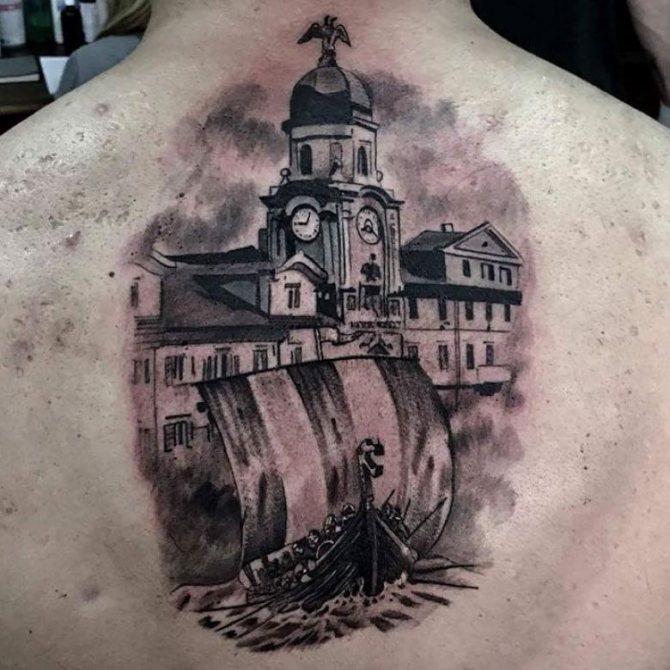

Extremely rarely is the drawing applied to the wrist and this indicates the protest of the prisoner, such a church is supplemented by shackles.
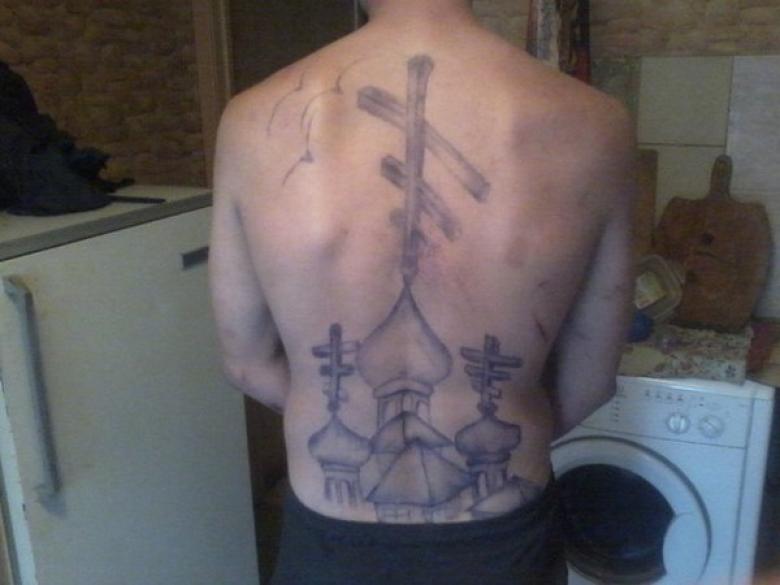

If the area of the chest and back is full, the cathedral is stamped on the legs: thighs or shins. Some hidden meaning is not carried by such a position.
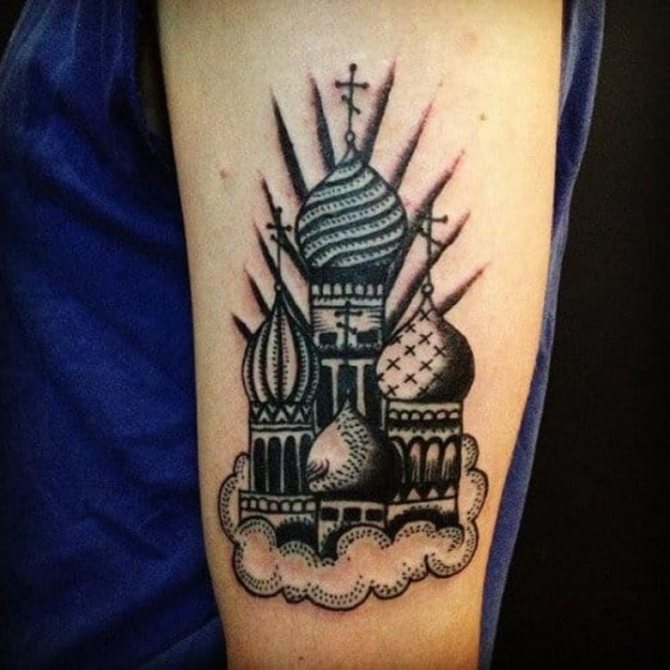

Domes in modern society
The dashing 90s are long gone, and cons and criminals have virtually no power over ordinary people. In theory anyone can put a dome on his body, but the stereotype is firmly fixed in the heads: be prepared to be associated with the prisoner who came out of the zone. In addition, real cons disapprove of the use of their symbols for nothing. Most likely, the tattoo will cause more problems than good.
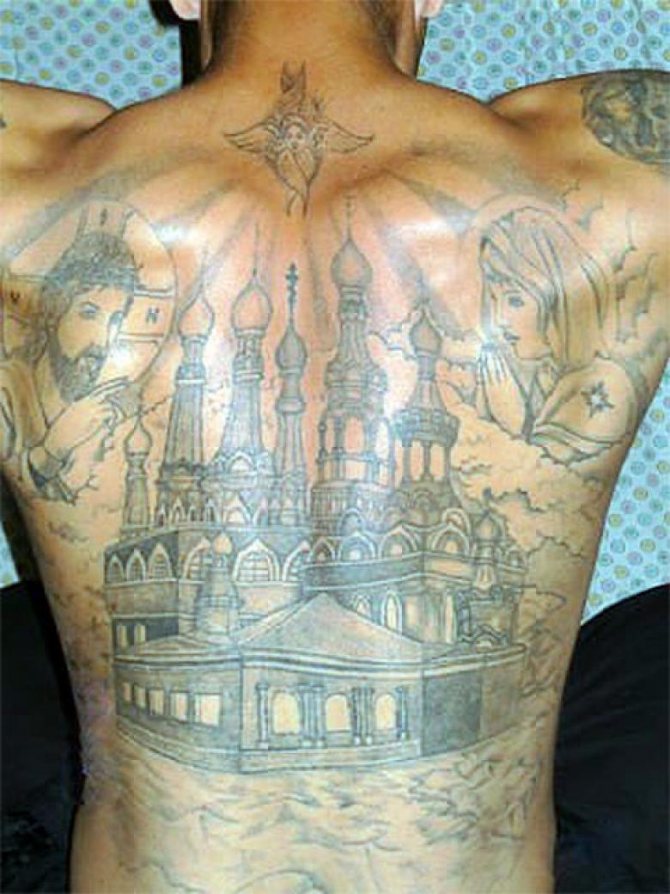

History of the origin of the dome tattoo
The origin of the tattoo dates back to the end of the Civil War between 1917 and 1922. After the Bolshevik Party came to power in Russia. Since the ideology of Communism rejected many norms, including religion, there was a mass extermination of churches and priests.
Innocent clergy from the churches were sent to the Special Camp of Special Purpose (SLON). This is the largest penal institution in the history of the USSR. It was later continued in the Main Directorate of Camps and Detention Centers (Gulag), which became the only refuge for so many clergymen in the 1920s.
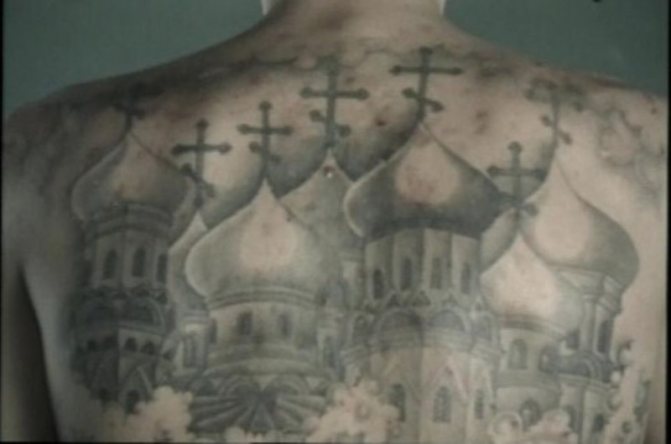

As a result, the clergy, having lost their house of God, protested against the new ideology by stuffing a church with domes on their bodies, the context of which speaks of dedication and invincibility of the spirit. After all, what is under the skin cannot be removed and destroyed than a structure or paraphernalia, like a church cross.
The crime of "atheism," according to the laws of the RSFSR, belonged to the state. As a consequence, clergymen began to be equated in the understanding of prison laws with criminal authorities. Thus, an entire culture was created and promoted among the masses. On the basis of which it follows that the dome tattoo means primarily a protest, disagreement with the rules.
